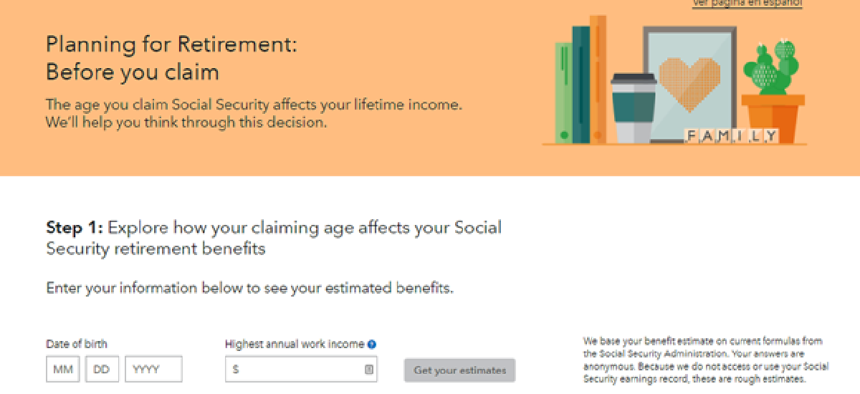SSA, CFPB and the state of Minnesota demonstrate the power of straight talk

Plain language initiatives are changing the way agencies provide information and engage with citizens.
After Congress passed the Plain Language Writing Act in 2010, the Social Security Administration redesigned its website, revised its policy statement and improved information related to the retirement calculator.
Over the past four years, SSA worked to develop common answers to frequently asked questions on a variety of topics for employees to use when responding to written correspondence, emails and phone calls. The agency used machine-learning-based StyleWriter and Acrolinx software to improve SSA’s content in terms of grammar, readability and consistency.
“We have a whole library of paragraphs of information that help us respond to common questions, and we put those tools through a review from a clear writing standpoint using the software,” Steven Patrick, SSA’s associate commissioner in the Office of Public Inquiries, told GCN. “We understand that documents and policy pages that are clear and understandable do a better job of serving the American public.”
SSA’s latest project involved collaborating with the Consumer Financial Protection Bureau on its
“This project was really a cross-promotional effort between our two agencies in retirement planning,” Patrick said. “We worked with CFPB on the policy issues and also provided them with the code to access our retirement calculator.”
In addition to projected benefits, the calculator also features financial tips based on martial status and retirement age in addition to providing ways to access private individual retirement accounts and planning for out-of-pocket expenses.
The retirement site was part of CFPB’s larger effort to provide information on a variety of topics, including home ownership and auto loans called Ask CFPB.
“Financial products and services, from mortgages to credit cards to student loans, can be complicated,” Gail Hillebrand, associate director of CFPB’s consumer education and engagement division, said. “We have made it a priority to develop resources that are clear and easy to use to help consumers make informed financial decisions to achieve their life goals.”
The SSA and CFPB collaboration, which went live last summer, on May 9 won the Grand ClearMark prize at the non-profit Center for Plain Language’s annual awards ceremony. CFBP also won a separate prize in the before/after long documents category for its “Behind on bills? Start with one step” publication, which features eight tools that help people track income and spending, set goals, prioritize bills and deal with debt collectors.
The ClearMark awards also recognize state government agencies and businesses. The Minnesota Department of Natural Resources won an award for the redesign of its back-of-the-map project in the short document before/after category.
In 2014, Minnesota Gov. Mark Dayton issued an executive order to state agencies requiring them to implement plain-language initiatives. The Department of Natural Resources, which provides information on Minnesota’s 75 parks and recreation areas and 25 state trails, redesigned map resources for visitors.
“Previously, you had to read deep into these long paragraphs of information to understand what the real gems were on each of the parks and trails that you visited,” Erika Rivers, director of the Parks and Trails Division, said. “We … took a customer-centered look at what kind of information people needed, with a recognition that people have less and less time to go out outdoors and spend time in the natural world.”
For the past five years, the Center for Plain Language has issued an annual report card to federal agencies. The 2016 Federal Report Card focused on public forms and instructions and gave the CFPB an A+ for its web-based form for consumers who have complaints about debt collectors. CFBP’s Gina Chieco told the Center for Plain Language that the form doubled the completion rates for debt collection complaints. The Bureau reviews the form regularly, she said, “both quantitatively and qualitatively, to ensure that it continues to deliver a user-friendly experience that is intuitive and error-free.”
“The idea behind the report card was to hold agencies accountable for the products that they are producing,” Susan Kleimann, board chairwoman of the Center for Plain Language, said. “Plain language has an enormous business advantage in building a sense of trust and improving the customer experience. But it can also lead to internal money saving.”





